Between Word and Image: The Creative Mind of David Jones
David Jones (1895–1974) was an artist, poet, writer and craftsman; a name synonymous with the Modernist era but one that still remains lesser known...
Guest Profile 21 October 2024
If you like traditional historical paintings and portraits, this article is for you. Today, I want to introduce you to the Scottish painter and illustrator David Allan (1744-1796) who is best known for his historical subjects and genre works.
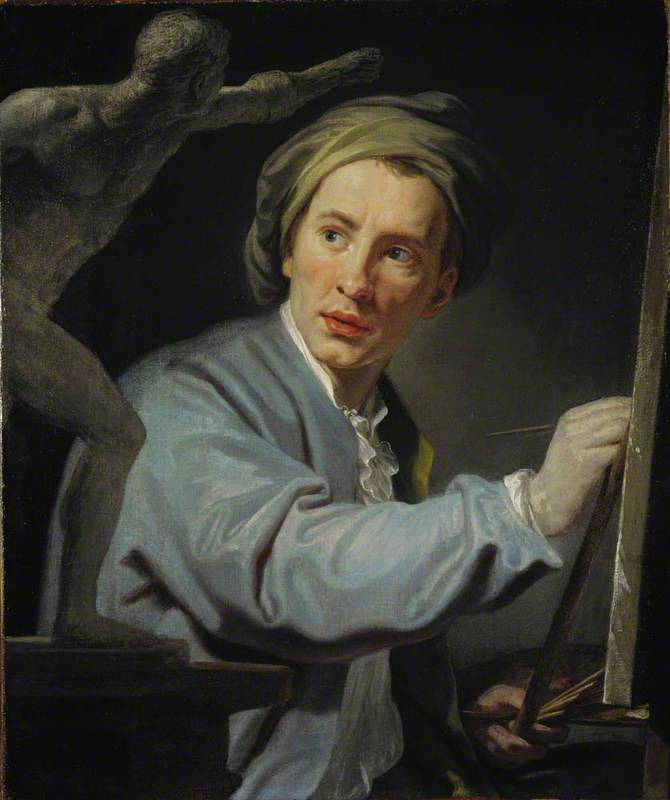
David Allan was born in Alloa in central Scotland in 1744. After studying at Foulis’s Academy of Fine Arts in Glasgow, Allan gained support from two sponsors and moved to Rome.
One of his best-known works is the painting shown below, The Origin of Painting, depicting a Corinthian girl drawing a shadow of her lover. It is a common allegory in art. Thanks to this work, Allan received the gold medal of the Academy of Saint Luke in 1773.
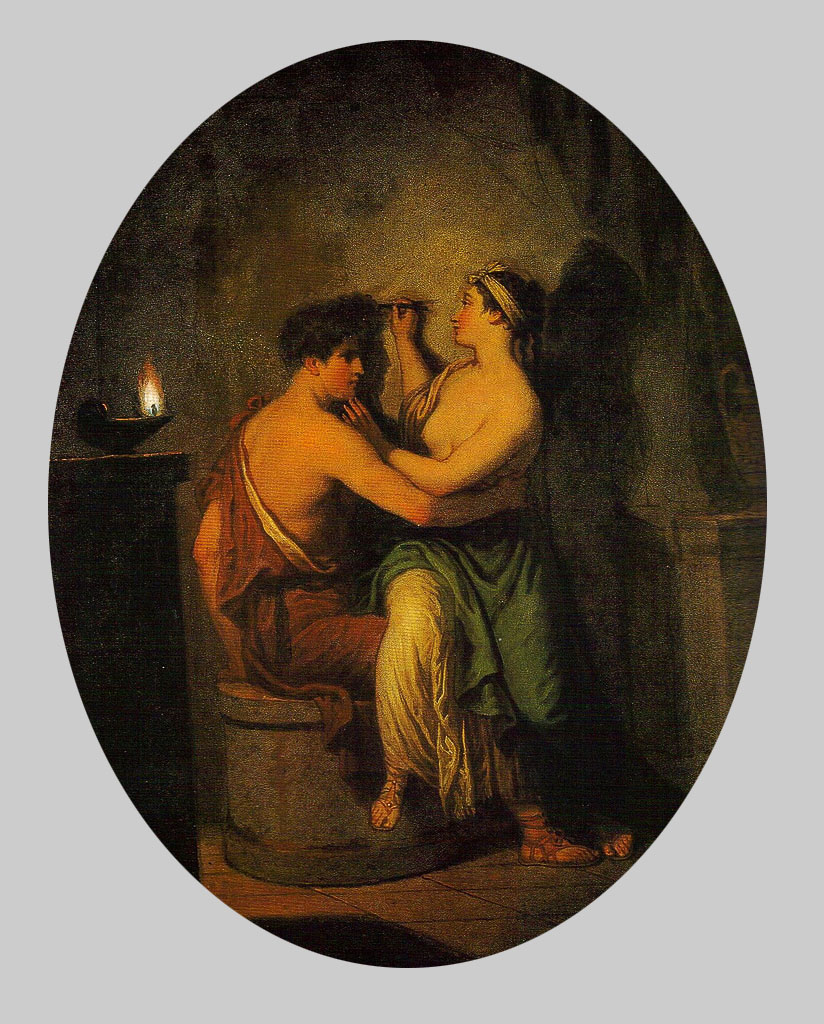
The Uncultivated Genius is an example of a well-used meta-language. It shows a painter (probably Pietro Fabris) painting Vesuvius at the time of its eruption. An atmosphere of chaos in the painting contrasts with the atmosphere of a calm atelier: the woman is knitting and a child is playing on the floor.
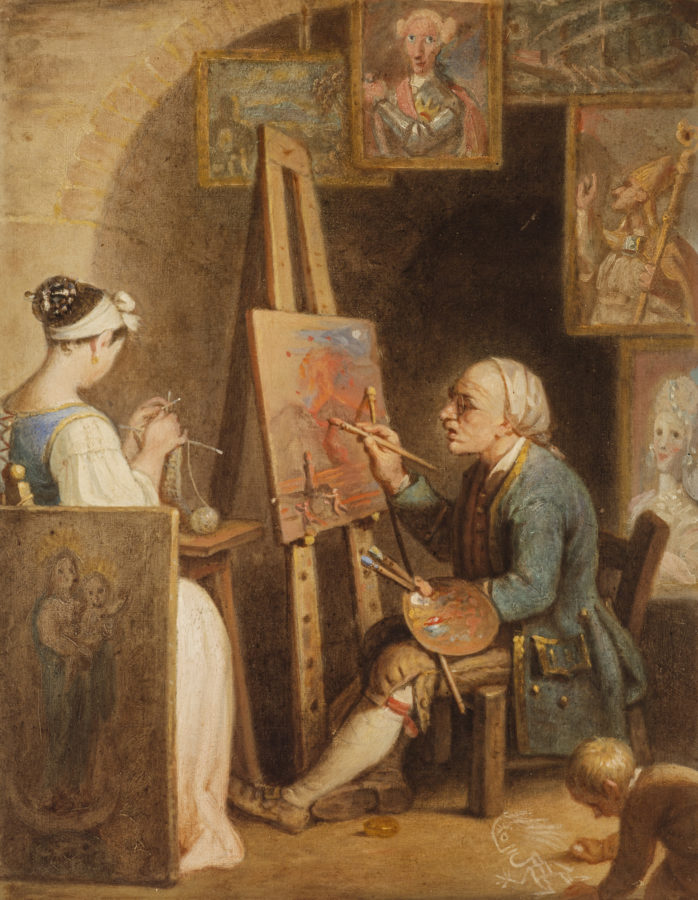
Another stunning portrait by Allan is that of the painter Anne Forbes, who was also Scottish and completed her artistic education in Rome. The portrait of Forbes is beautifully composed. Allan managed to capture the artist the way she was: not helpless and fragile, but as an independent young woman.
I love Forbes’ look in this painting; she looks so confident! Note that Allan chose to represent Forbes at work and not simply as a passive model.
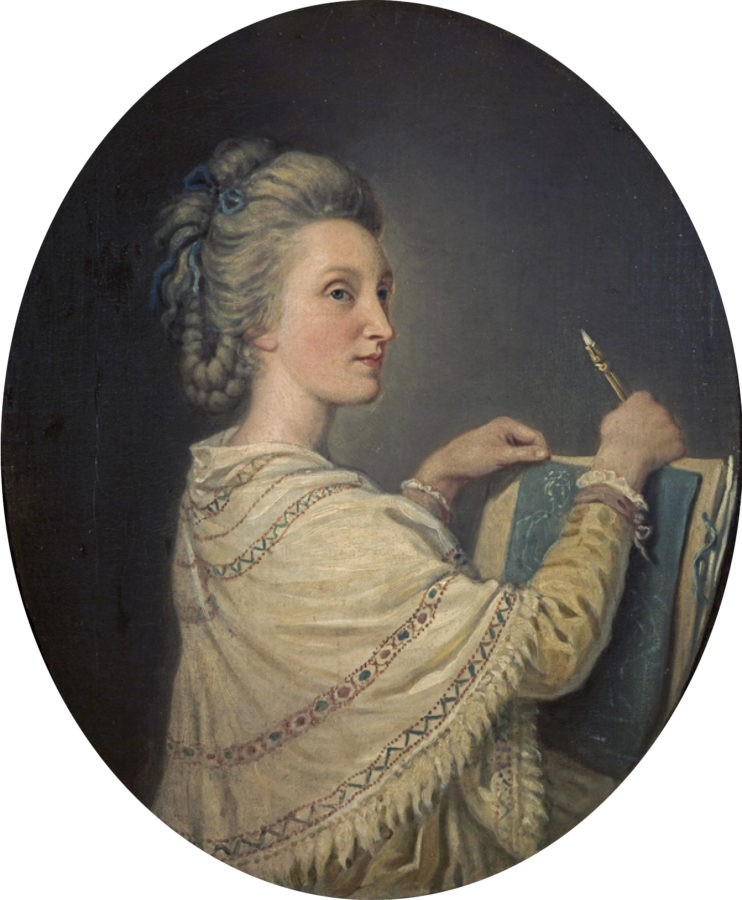
Allan’s work also includes illustrations and studies, and the representation of the abbey founded in 1217, Culross Abbey, is an example of his impressive mastery of perspective techniques and execution.
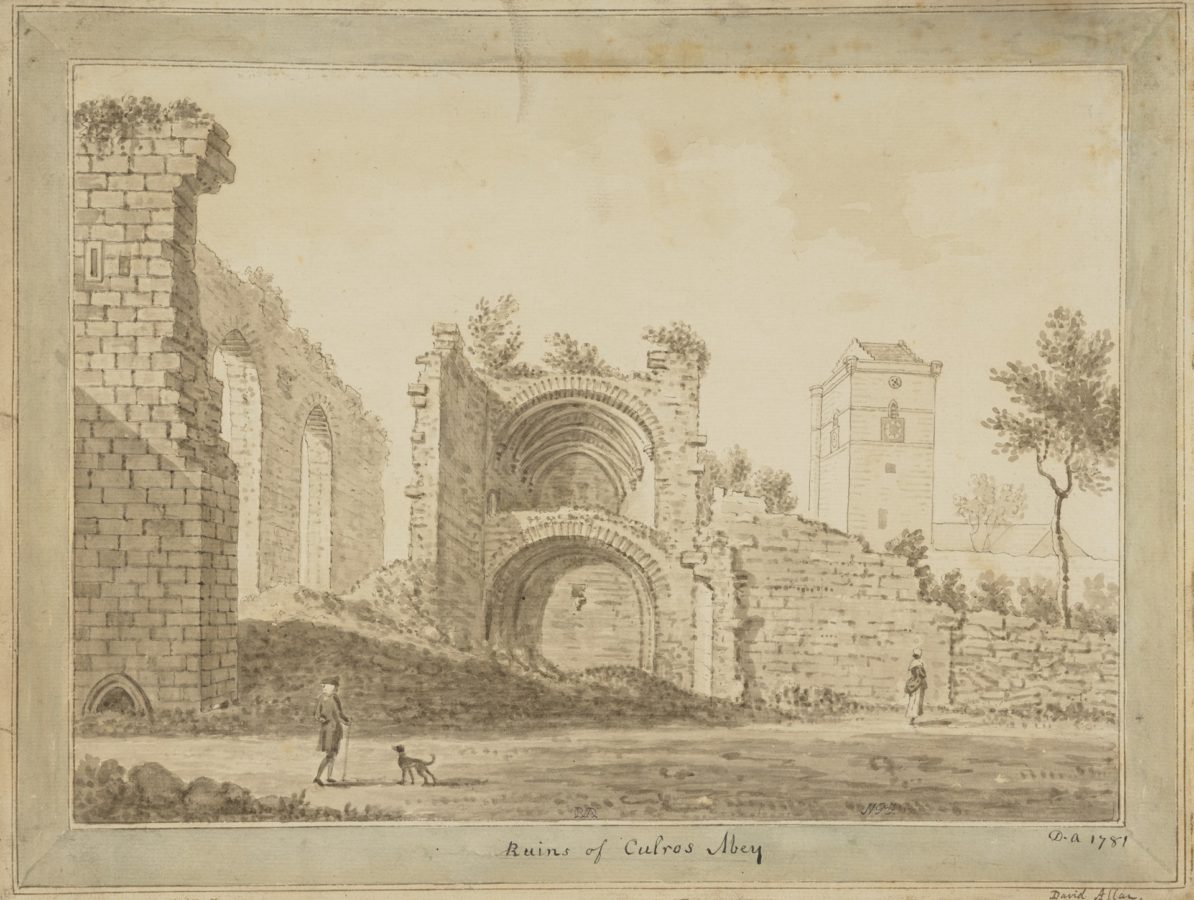
He also illustrated the manuscript of the pastoral piece, The Gentle Shepherd, written by Allan Ramsay. In these illustrations, the humorous side of the painter is evident who with wit portrayed the scenes of the play.
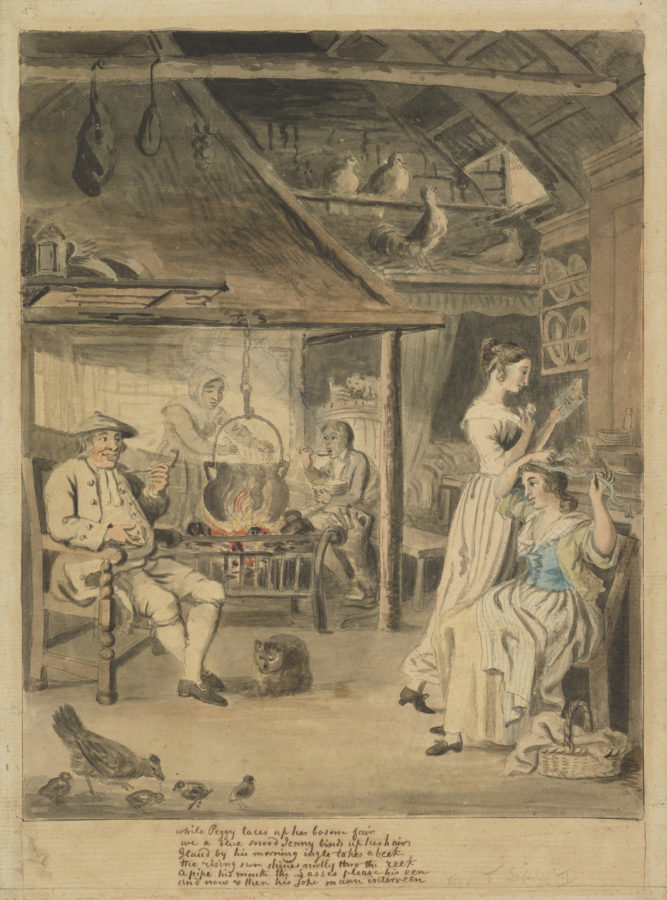
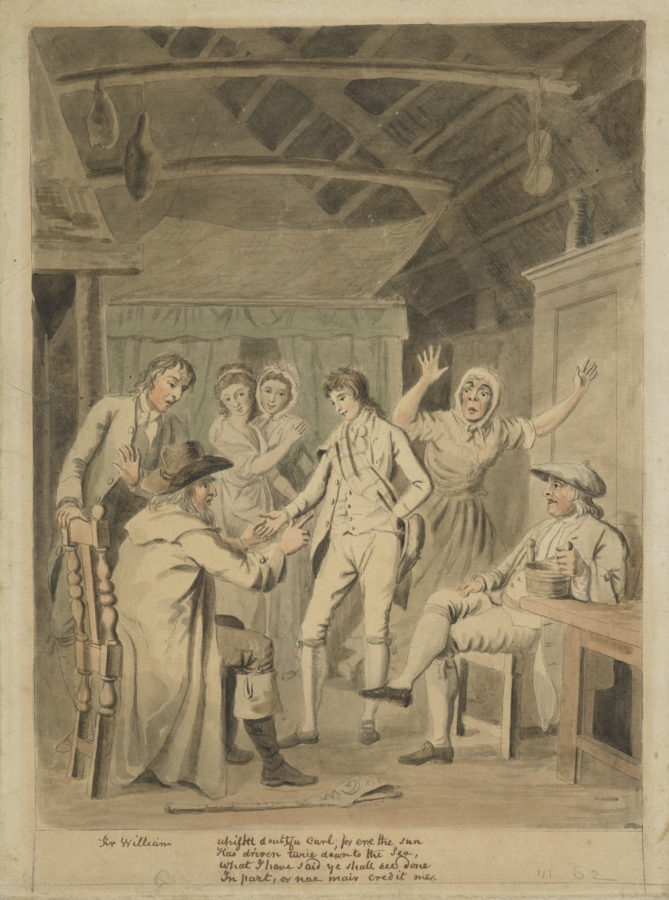
In 1786, Allan was appointed the director of the Edinburgh Academy of Arts, where he became known as the “Scottish Hogarth“. He died ten years later at the age of 52 after a lifetime dedicated to painting.
DailyArt Magazine needs your support. Every contribution, however big or small, is very valuable for our future. Thanks to it, we will be able to sustain and grow the Magazine. Thank you for your help!